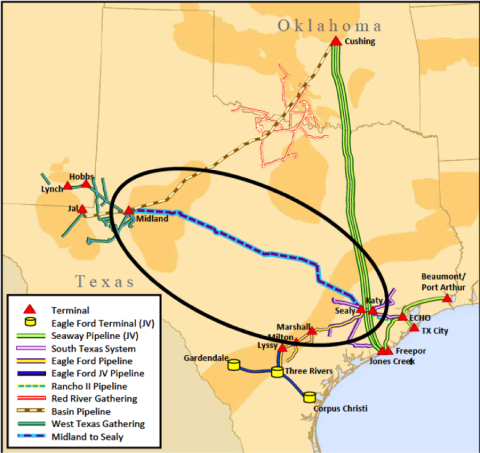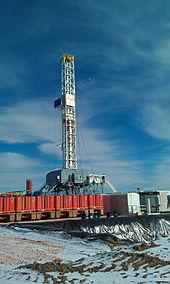The Texas A&M School of Law, in Fort Worth, Texas will be hosting the Eighth Energy Law Symposium on March 23 and 24, 2017.
The energy industry in the United States and globally is facing multiple transitions and fluctuation. The downturn in the oil market has caused numerous bankruptcies; OPEC recently agreed to reduce production; the US is now a net exporter of gas and refined petroleum products; energy from renewable sources in the US now surpasses 16 percent of total generation; and the Trump presidency promises to create new opportunities and challenges for the industry.
In assessing these factors and projecting where the global energy regime might go, Texas A&M University will host the 2017 Energy Law Symposium on “The Future of Energy”. The symposium, scheduled for March 23–24, 2017, will convene industry experts, academic commentators and public officials to discuss a wide range of issues bearing on anticipated needs, policy challenges and proposed reforms in the U.S. and global energy markets. Panel, debate and keynote sessions will address legislative and regulatory priorities, power generation, allocation wells, transboundary resource management, environmental considerations, bankruptcy and much more. Please join us as we explore “The Future of Energy”. Registration is $50 or $150 if you want CLE credit (12.75 CLE credit hours pending approval).
 Texas Oil and Gas Attorney Blog
Texas Oil and Gas Attorney Blog



